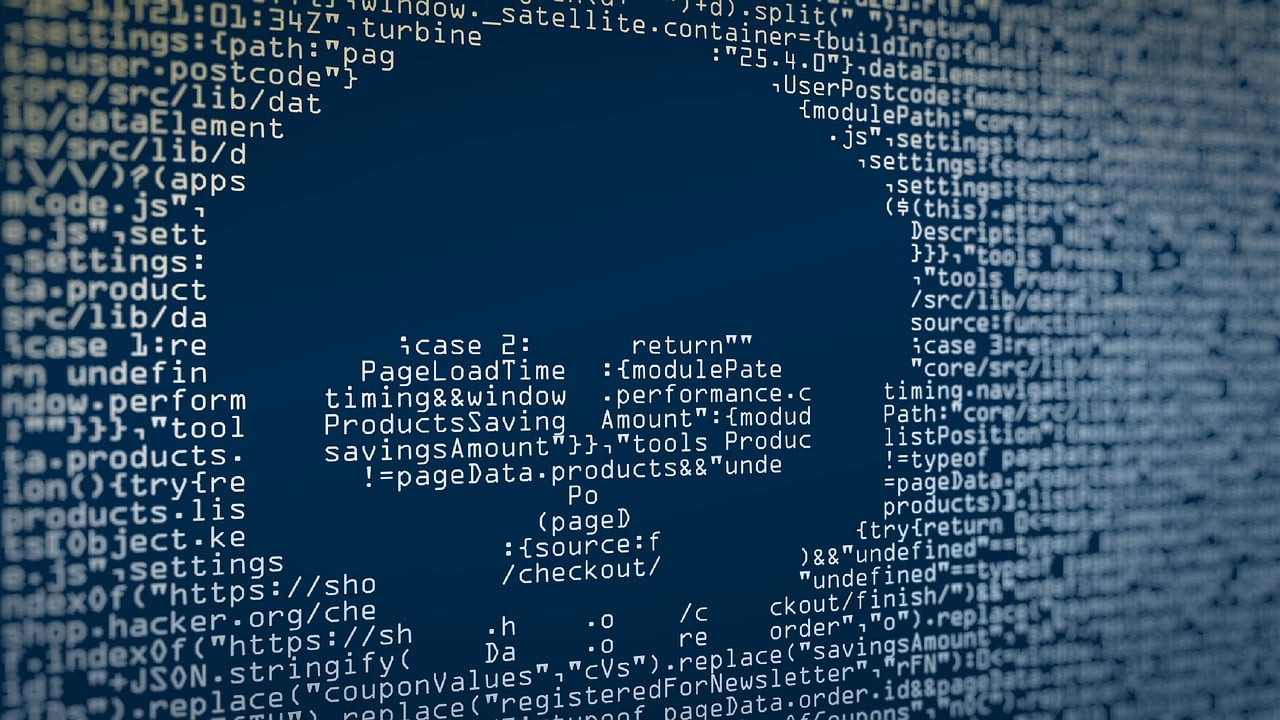Understanding Zero-Click Malware and Effective Defense Strategies

In today’s interconnected world, cybersecurity threats have become increasingly sophisticated and pervasive, posing significant risks to individuals and organizations alike. Among these threats, a particularly insidious form of malware known as zero-click malware has been gaining prominence. Unlike traditional malware that requires user interaction, zero-click malware can silently compromise devices and networks without any action from the user.
One notable example of a zero-click malware attack occurred through a missed call on WhatsApp in 2019. Exploiting a zero-day vulnerability, the attacker injected spyware into the device’s software resource without the victim even answering the call. A more recent threat targeting iOS users involves a zero-click hack through iMessage, wherein the user doesn’t need to interact with the malicious message for the attack to be executed, potentially leading to a total device takeover.
Understanding Zero-Click Malware:
Zero-click malware refers to malicious software that exploits vulnerabilities in apps or systems without requiring any user interaction. Unlike traditional malware that relies on users clicking on links or downloading files, zero-click malware operates silently in the background, often without the victim’s knowledge. It can infiltrate devices through various attack vectors, including malicious websites, compromised networks, or even legitimate applications with security loopholes.
The Dangers of Zero-Click Malware:
The stealthy nature of zero-click malware poses a significant threat, allowing it to bypass traditional security measures. Once it infects a device, it can carry out various malicious activities, such as data theft, remote control, cryptocurrency mining, spyware installation, ransomware attacks, and even turning devices into botnets for launching further attacks. These attacks can have severe consequences, leading to financial losses, data breaches, and reputational damage for individuals, businesses, and critical infrastructure.
Fighting Zero-Click Malware:
To effectively protect against zero-click malware, it is crucial to adopt a proactive and multi-layered approach to cybersecurity. Here are some essential strategies to consider:
Keep Software Up to Date:
Regularly updating software, including operating systems, applications, and security patches, is vital in preventing zero-click malware attacks. Software updates often contain bug fixes and security enhancements that address vulnerabilities targeted by malware developers. Enabling automatic updates can streamline this process and ensure devices remain protected against emerging threats.
Put in Place Robust Endpoint Protection:
Deploying comprehensive endpoint protection solutions can help detect and block zero-click malware. This includes advanced antivirus software, firewalls, and intrusion detection systems that establish multiple layers of defense. Regularly updating these solutions with the latest threat intelligence ensures staying ahead of emerging malware variants.
Use Network Segmentation:
Segmenting networks into distinct zones based on user roles, device types, or sensitivity levels adds an extra layer of protection against zero-click malware. Critical systems should be isolated, and strict access controls should be installed to limit the damage caused by potential attacks and mitigate lateral movement of malware.
Educate Users:
Human error remains a significant factor in successful malware attacks, with a staggering 88% of data breaches resulting from human error. Educating users about the risks of zero-click malware and promoting good cybersecurity practices is crucial. Encourage strong password management, caution when opening email attachments or clicking on unfamiliar links, and support regular training on identifying phishing attempts.
Use Behavioral Analytics and AI:
Leveraging advanced technologies such as behavioral analytics and artificial intelligence can help identify anomalous activities that may indicate zero-click malware. These solutions detect patterns, anomalies, and suspicious behavior, enabling early detection and proactive mitigation of potential threats.
Conduct Regular Vulnerability Assessments:
Perform routine vulnerability assessments and penetration testing to identify weaknesses in systems and applications that could be exploited by zero-click malware. Promptly addressing these vulnerabilities through patching or other remediation measures significantly reduces the attack surface.
Uninstall Unneeded Applications:
Reducing the number of applications on a device can also help minimize vulnerabilities. Many users download apps but rarely use them, leaving these applications vulnerable to attacks. Encourage employees or IT teams to remove unneeded apps from all company devices to reduce potential network vulnerabilities.
Only Download Apps from Official App Stores:
Downloading apps exclusively from official app stores can also enhance security. Even when using official stores, it’s essential to check reviews and comments to identify potentially malicious apps that may have slipped through the security controls.
Zero-click malware continues to evolve as a severe threat to individuals and organizations in the digital landscape. To effectively combat this menace, it is crucial to remain vigilant and adopt proactive cybersecurity measures. Implementing a multi-layered security approach, educating users, and leveraging advanced technologies can go a long way in mitigating the risks posed by zero-click malware. Staying updated with the latest cybersecurity practices and conducting regular risk assessments will help organizations stay one step ahead in the ongoing battle against evolving cyber threats. If you need assistance with implementing a layered security solution or conducting a cybersecurity risk assessment, reach out to trusted professionals for expert guidance.




